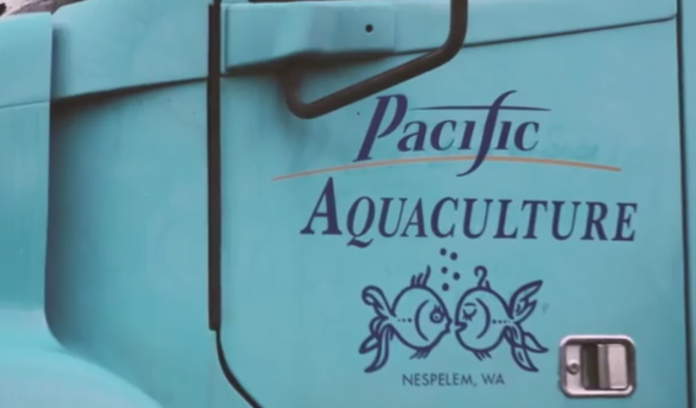Project to explore genomic selection to understand cracks in fillets.
In a press release, the University of Maryland (UMD) writes that it was recently awarded a grant from the United States Department of Agriculture National Institute of Food and Agriculture (USDA-NIFA) to explore genomic selection as a method of increasing fillet quality and yield in rainbow trout.
Genomic selection
With this grant, UMD and collaborators across academia and industry are showcasing the benefits of genomic selection in rainbow trout and beyond.
“The overarching goal of this work in rainbow trout is to use the most current technologies in novel ways for aquaculture to help solve a fundamental problem for the industry,” said UMD associate professor in Animal & Avian Sciences Mohamed Salem, who is leading the work.
Rainbow trout
In order to achieve this goal, Salem is partnering with USDA, University of Georgia, University of Idaho, Middle Tennessee State University, and Pacific Aquaculture. Pacific Aquaculture is an industry partner, a division of Pacific Seafood, that grows rainbow trout in Washington and Idaho. Collectively, they hope to find a solution to a common problem known as downgrading that costs the industry tens of thousands of dollars per week.
“Using genomic technologies and genetic markers, we can help identify the genes that are important for how feed transitions into filet in the fish. When you grow a fish, some fish will put more of the feed energy you give them into fillet, and some will deposit more into visceral fat, which is a complete waste. So identifying the genetic markers that are associated with this conversion process will help improve feed efficiency,” said Salem
Cracks
“Downgrading is related to cracks in a fillet that don’t look good for customers, so they downgrade the product to nuggets or for other uses and are unable to sell the fillets at the normal price in the consumer market,” explained Salem.
“Downgrading occurs in about 15 per-cent of fillet products, and this goes beyond trout. Atlantic salmon, with a market value of USD 18 billion worldwide, also has a similar problem. But very few researchers are examining this issue, and no one is looking at it in rainbow trout,” he added.
Salem explained that the reason why these cracks in the fillet form are unknown. He hopes this work will help determine the genetic reasons behind the problem while examining genetic markers that connect to fillet quality.

